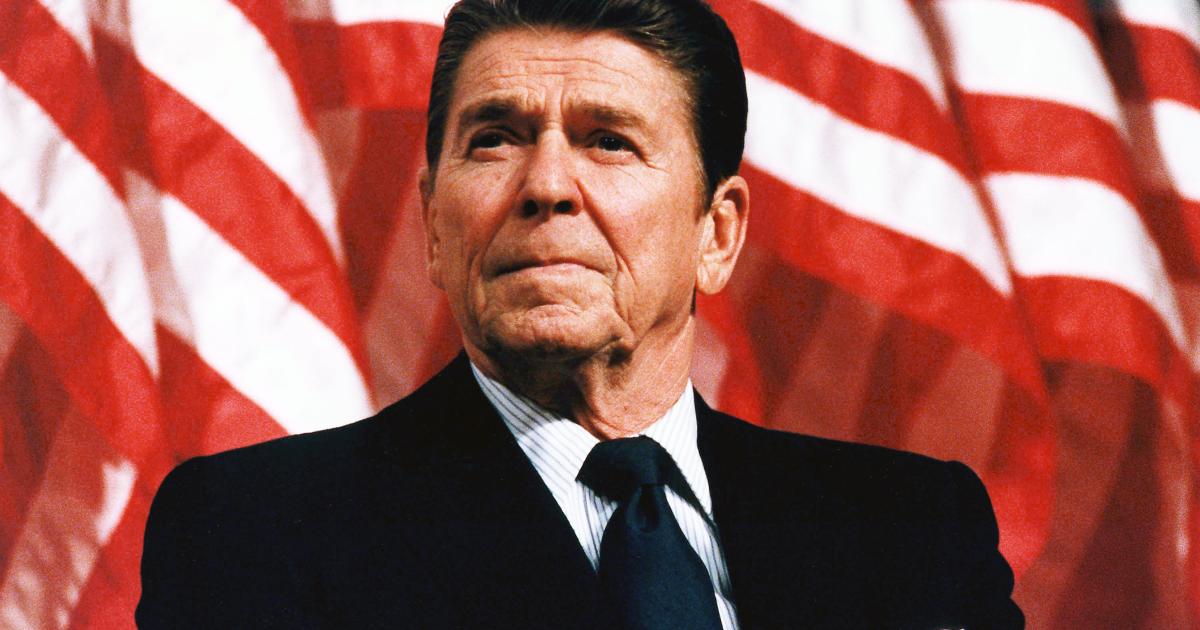Dollar Slides Amidst Trade Tensions: Stock Market Analysis And Dow Futures

Table of Contents
Understanding the Dollar's Weakness
The weakening US dollar is a complex issue stemming from several interacting factors, primarily linked to ongoing trade tensions and shifting investor sentiment.
Impact of Trade Wars on Currency Value
Trade disputes significantly weaken a currency through various channels. These include:
- Decreased investor confidence: Uncertainty surrounding trade policies discourages foreign investment, leading to capital flight and a decline in demand for the dollar.
- Reduced exports: Trade tariffs and retaliatory measures reduce the competitiveness of US exports, negatively impacting the trade balance and weakening the dollar.
- Negative trade balances: A widening trade deficit, where imports exceed exports, puts downward pressure on the currency's value.
- Increased uncertainty: The unpredictability inherent in ongoing trade negotiations creates a climate of uncertainty that repels investors seeking stable, predictable markets.
Historically, trade wars have consistently correlated with currency devaluation. For example, the Smoot-Hawley Tariff Act of 1930, which significantly escalated global trade tensions, is widely cited as contributing to the Great Depression by exacerbating currency instability. Similar patterns can be observed in more recent trade disputes, highlighting the powerful link between protectionist policies and currency fluctuations.
Safe-Haven Assets and the Dollar's Role
The US dollar has traditionally been considered a safe-haven asset, a currency investors flock to during times of global uncertainty. However, its current position is being challenged.
- Comparison with other safe-haven currencies: Investors are increasingly looking towards other currencies like the Japanese Yen and Swiss Franc, perceived as less vulnerable to the escalating trade conflicts. This "flight to quality" is diverting capital away from the dollar.
- Impact of geopolitical uncertainty: Besides trade wars, geopolitical risks, such as escalating international tensions, contribute to investor anxiety, further diminishing the dollar's appeal as a safe haven.
Recent data reveals a clear shift in investor sentiment, with significant outflows from dollar-denominated assets and increased demand for alternative safe havens. This underscores the eroding confidence in the dollar's ability to weather the current storm of global uncertainty.
Stock Market Reactions to Dollar Slides
The relationship between the dollar's value and stock market indices is complex and not always directly proportional.
Correlation between Dollar Value and Stock Market Indices
Historically, the correlation between the dollar and major indices like the S&P 500 and Dow Jones has been both positive and negative, depending on various factors. A weakening dollar can boost US exports, benefiting multinational corporations and leading to positive market reactions. Conversely, a strong dollar can hurt exporters while benefiting consumers through cheaper imports, leading to a complex market response.
- Positive correlations: Occur when a weaker dollar stimulates export-led growth, positively impacting the earnings of multinational corporations and boosting overall market sentiment.
- Negative correlations: Can arise when a weaker dollar increases import costs, leading to inflationary pressures and potentially dampening economic growth.
- Influencing factors: Factors like interest rate differentials, inflation rates, and investor sentiment all play crucial roles in determining the ultimate impact of dollar movements on stock markets.
[Insert chart/graph here illustrating historical correlation between dollar value and major stock market indices]
Sector-Specific Impacts
Different sectors react differently to dollar movements.
- Multinational corporations: Benefit from a weaker dollar as their overseas earnings translate into higher dollar amounts.
- Export-oriented businesses: Experience increased demand for their goods and services when the dollar weakens, leading to higher revenues and potentially stronger stock performance.
- Import-dependent industries: Face higher costs for imported raw materials and goods when the dollar weakens, which can negatively impact their profitability and stock prices.
For instance, technology companies with significant international operations might see their stock prices rise during a dollar slide, while companies heavily reliant on imported components could see their stock prices decline.
Analyzing Dow Futures in Light of Trade Tensions and Dollar Fluctuations
Dow futures, contracts representing the future value of the Dow Jones Industrial Average, provide valuable insights into market expectations and sentiment.
Dow Futures as a Leading Indicator
Dow futures often act as a leading indicator of market direction, reflecting investor sentiment before it translates into actual price movements in the underlying index.
- How futures contracts reflect market sentiment: A decline in Dow futures often foreshadows a downward trend in the actual Dow Jones Industrial Average, reflecting growing pessimism among market participants.
- Implications for short-term trading strategies: Traders often use Dow futures to speculate on short-term price movements, profiting from anticipated changes in the index's value.
Recent Dow futures activity has shown a strong correlation with dollar movements, with declines in the dollar often accompanied by falls in Dow futures, reflecting concerns about the economic impact of trade tensions and currency volatility.
Strategies for Managing Risk in Dow Futures
Navigating the current market climate requires careful risk management.
- Diversification: Spreading investments across different asset classes and sectors reduces exposure to the risk associated with a weakening dollar and its impact on the stock market.
- Options trading: Options contracts can be used to hedge against potential losses in Dow futures by providing a way to limit downside risk.
- Using futures contracts to hedge against currency risk: Futures contracts can be used to offset losses resulting from currency fluctuations by locking in future exchange rates.
Investors concerned about the current market uncertainty should consider implementing diversified investment strategies and hedging techniques to protect their portfolios from potential downside risks.
Conclusion
The dollar's slide amidst escalating trade tensions is undeniably impacting the stock market, particularly Dow futures. Currency volatility and investor sentiment are intrinsically linked; understanding this relationship is vital for effective investing. The interconnectedness of trade wars, currency fluctuations, and their impact on stock market performance, particularly the Dow futures market, is undeniable. A weakening dollar can have both positive and negative consequences for different sectors and investment strategies.
Call to Action: Stay informed about trade developments and their impact on the dollar and the stock market. Closely monitor Dow futures and implement appropriate risk management strategies to navigate this uncertain period. Understanding the intricacies of "dollar slides" and their implications is critical for making informed investment decisions. Continue your research and make informed decisions based on the ever-changing global market dynamics.

Featured Posts
-
 Cracking The Private Credit Code 5 Dos And Don Ts For Job Seekers
Apr 22, 2025
Cracking The Private Credit Code 5 Dos And Don Ts For Job Seekers
Apr 22, 2025 -
 Price Gouging Allegations Against La Landlords Surface After Recent Fires
Apr 22, 2025
Price Gouging Allegations Against La Landlords Surface After Recent Fires
Apr 22, 2025 -
 Saudi Aramco And Byd Partner To Advance Electric Vehicle Technology
Apr 22, 2025
Saudi Aramco And Byd Partner To Advance Electric Vehicle Technology
Apr 22, 2025 -
 Turning Poop Into Podcast Gold An Ai Powered Approach To Repetitive Document Analysis
Apr 22, 2025
Turning Poop Into Podcast Gold An Ai Powered Approach To Repetitive Document Analysis
Apr 22, 2025 -
 A Pan Nordic Defense Strategy Integrating Swedish Armor And Finnish Infantry
Apr 22, 2025
A Pan Nordic Defense Strategy Integrating Swedish Armor And Finnish Infantry
Apr 22, 2025
